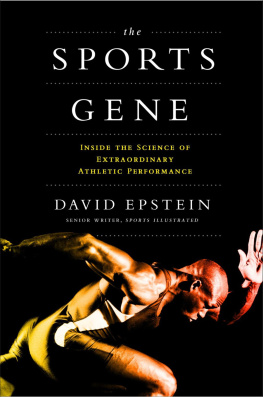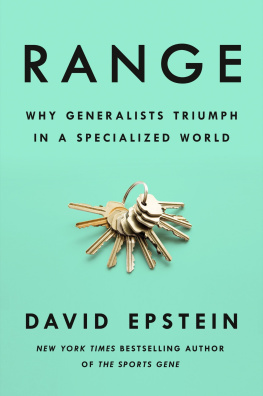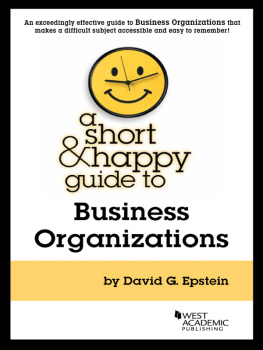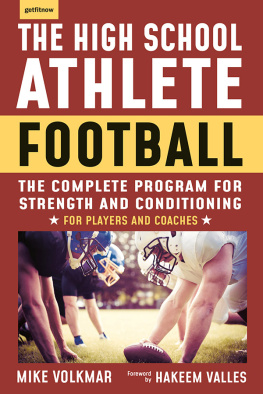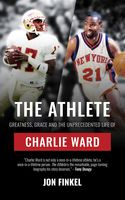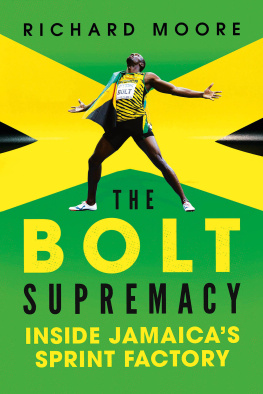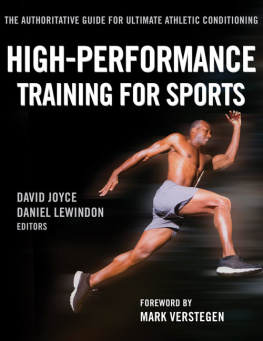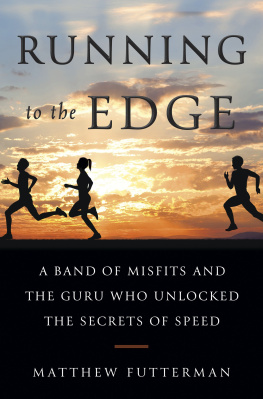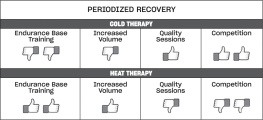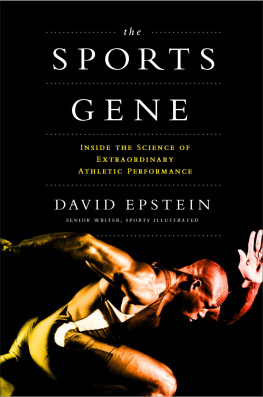David Epstein - The Sports Gene: Inside the Science of Extraordinary Athletic Performance
Here you can read online David Epstein - The Sports Gene: Inside the Science of Extraordinary Athletic Performance full text of the book (entire story) in english for free. Download pdf and epub, get meaning, cover and reviews about this ebook. year: 2013, publisher: Current Hardcover, genre: Romance novel. Description of the work, (preface) as well as reviews are available. Best literature library LitArk.com created for fans of good reading and offers a wide selection of genres:
Romance novel
Science fiction
Adventure
Detective
Science
History
Home and family
Prose
Art
Politics
Computer
Non-fiction
Religion
Business
Children
Humor
Choose a favorite category and find really read worthwhile books. Enjoy immersion in the world of imagination, feel the emotions of the characters or learn something new for yourself, make an fascinating discovery.
- Book:The Sports Gene: Inside the Science of Extraordinary Athletic Performance
- Author:
- Publisher:Current Hardcover
- Genre:
- Year:2013
- Rating:4 / 5
- Favourites:Add to favourites
- Your mark:
The Sports Gene: Inside the Science of Extraordinary Athletic Performance: summary, description and annotation
We offer to read an annotation, description, summary or preface (depends on what the author of the book "The Sports Gene: Inside the Science of Extraordinary Athletic Performance" wrote himself). If you haven't found the necessary information about the book — write in the comments, we will try to find it.
In high school, I wondered whether the Jamaican Americans who made our track team so successful might carry some special speed gene from their tiny island. In college, I ran against Kenyans, and wondered whether endurance genes might have traveled with them from East Africa. At the same time, I began to notice that a training group on my team could consist of five men who run next to one another, stride for stride, day after day, and nonetheless turn out five entirely different runners. How could this be?
We all knew a star athlete in high school. The one who made it look so easy. He was the starting quarterback and shortstop; she was the all-state point guard and high-jumper. Naturals. Or were they?
The debate is as old as physical competition. Are stars like Usain Bolt, Michael Phelps, and Serena Williams genetic freaks put on Earth to dominate their respective sports? Or are they simply normal people who overcame their biological limits through sheer force of will and obsessive training?
The truth is far messier than a simple dichotomy between nature and nurture. In the decade since the sequencing of the human genome, researchers have slowly begun to uncover how the relationship between biological endowments and a competitors training environment affects athleticism. Sports scientists have gradually entered the era of modern genetic research.
In this controversial and engaging exploration of athletic success, Sports Illustrated senior writer David Epstein tackles the great nature vs. nurture debate and traces how far science has come in solving this great riddle. He investigates the so-called 10,000-hour rule to uncover whether rigorous and consistent practice from a young age is the only route to athletic excellence.
Along the way, Epstein dispels many of our perceptions about why top athletes excel. He shows why some skills that we assume are innate, like the bullet-fast reactions of a baseball or cricket batter, are not, and why other characteristics that we assume are entirely voluntary, like an athletes will to train, might in fact have important genetic components.
This subject necessarily involves digging deep into sensitive topics like race and gender. Epstein explores controversial questions such as:
- Are black athletes genetically predetermined to dominate both sprinting and distance running, and are their abilities influenced by Africas geography?
- Are there genetic reasons to separate male and female athletes in competition?
- Should we test the genes of young children to determine if they are destined for stardom?
- Can genetic testing determine who is at risk of injury, brain damage, or even death on the field?
David Epstein: author's other books
Who wrote The Sports Gene: Inside the Science of Extraordinary Athletic Performance? Find out the surname, the name of the author of the book and a list of all author's works by series.

